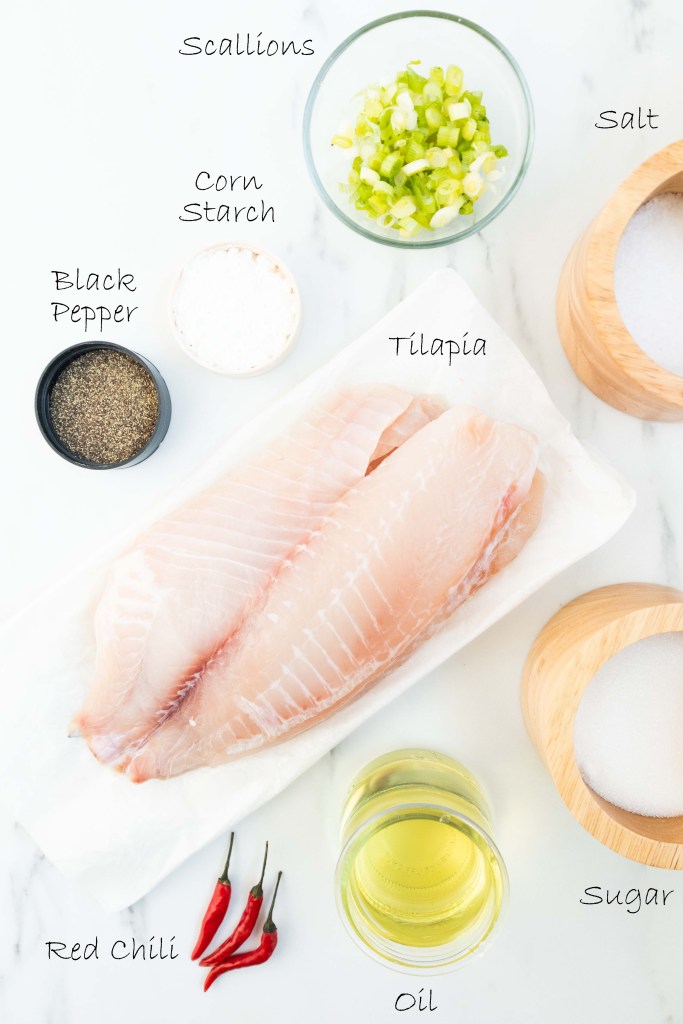10 years of experience as a food machinery equipment manufacturer
10 years of experience as a food machinery equipment manufacturer
Boneless fish fillets form a cornerstone of Chinese cuisine, appreciated globally for their versatility and unique sensory experience. But what exactly defines the taste of Chinese fish meat when prepared boneless?

At its core, Chinese boneless fish possesses a remarkably mild and delicate flavor. Unlike some stronger-tasting seafood, it offers a clean, subtle sweetness inherent to the fresh fish itself. This mildness makes it an incredibly adaptable protein, acting as a perfect canvas for the complex flavors characteristic of Chinese culinary traditions. The texture is equally important, typically prized for being tender, flaky, and moist when cooked correctly.
The specific taste experience of boneless Chinese fish heavily depends on the cooking technique employed:
The fish flesh in braises often becomes incredibly tender, almost melting, while soaking up the surrounding flavors.
Chinese culinary wisdom utilizes a symphony of sauces and aromatics to enhance boneless fish:
The skillful combination of these elements transforms the inherently mild fish into a dish bursting with nuanced flavor.
The pleasure of eating Chinese boneless fish isn’t just about taste; texture is crucial. Whether it’s the melt-in-your-mouth tenderness of steamed fish, the satisfying flakiness of pan-fried fillets, the firm bite of a stir-fry, the crispy crunch of fried fish, or the silky softness in soups, the texture interplay is a vital component of the overall experience.
China’s vast regional cuisines interpret boneless fish uniquely. Cantonese cooking emphasizes freshness and delicate sauces; Sichuan cuisine brings bold spice and mala; Shanghainese dishes often favor sweeter braises; Jiangsu/Zhejiang styles might highlight subtlety and refinement. Understanding the regional context adds depth to appreciating the flavor variations possible.
Ultimately, the taste of Chinese boneless fish fillets is defined by its inherent mild sweetness and delicate flakiness, masterfully elevated by cooking methods and aromatic flavor foundations. This combination offers a culinary experience that is subtle yet profoundly satisfying. Sampling different preparations reveals the impressive range achievable with this versatile ingredient, making it a perennial favorite for its ability to absorb and showcase intricate Chinese flavors while providing pleasing texture.
